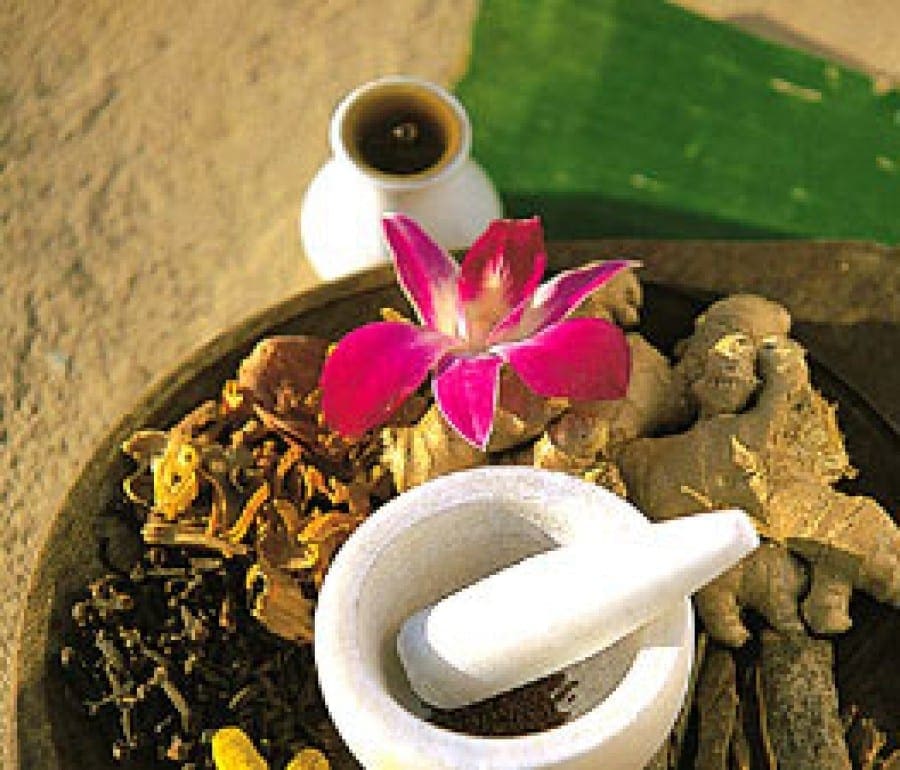
Food is the best medicine. Well, we have lost track of what we buy and what we eat. Dieticians have gained importance in the market. Still we keep falling ill and fatal epidemics have become a concern off late. Yash Chopra left us with his 3hrs long story JTHJ. Some even attribute Kasab’s death to dengue! Midst this, we will try exploring what we have suppressed for long, an ancient way of leading a healthy life!
Welcome to Virtually There (VT), version thirteen, dedicated to evolution of Ayurveda.
Folk medicine is the mother of healing systems of India. Tradition of unbroken chain of knowledge was first mentioned in Atharva Veda (1500 BC). You’ll be surprised to learn that it had also listed 360 bones and 44 organs! Numerous hymns described thousands of medicinal plants and herbal formulary.
What followed immediately was the Buddhist phase (150 BC) where there are evidences that talk about the antecedent concepts and practices. Lord Buddha was himself regarded as a physician and surgeon. A recent survey on documents in pali texts of this period have shown “a store house of many extinct and alluded Ayurvedic principles”.
Next period is known as Samhita Phase (1 AD– 8 AD) and interestingly it starts with times of Caraka and ends with Vagbhata, both considered as the fathers of Ayurveda. Susruta (forever known for rhinoplasty) also lived in the same phase. It is considered as golden period since the science advanced with the surgical procedures, instruments, care of trauma, medications for local applications and related topics.
After this Ayurveda didn’t see much development and went through a “Stagnant Phase” (till recently, probably) – bright patches mostly in the field of alchemy that saw rapid growth. Also, Unani gained more prominence. The intellectual members of the community shunned active participation. The spirit of enquiry gradually died off. India for once bade adieu to experimental and inductive science. Advent of Europeans only worsened the case.
Ayurveda is not herbal science; instead, it has two equal important domains known as svastavrtta and aturavrtta which instruct humanity on ways to stay healthy and ways to get out of ill-health.
Even today several texts in medicine, philosophy and other subjects which are no longer available in Sanskrit original are available in Chinese and Tibetan translations. What the barbarians destroyed in India was resurrected in other countries!
The Ayurvedic knock on the doors of science is growing louder by the day. And this is my sincere effort with never-ending research! I seek apologies if I have missed out or have wrongly written something! Cheers!

Interesting, digging into the forgotten/less-familiar topics of India never disappoints one i think!